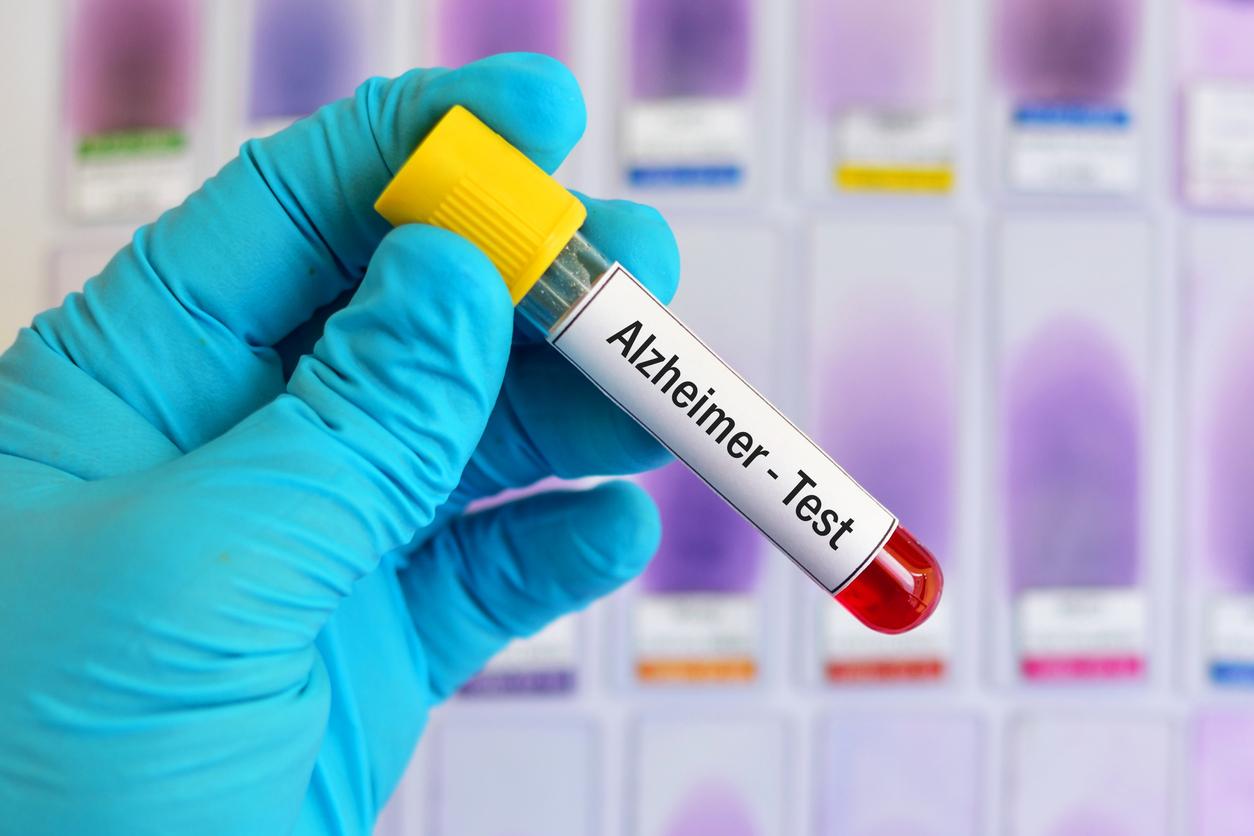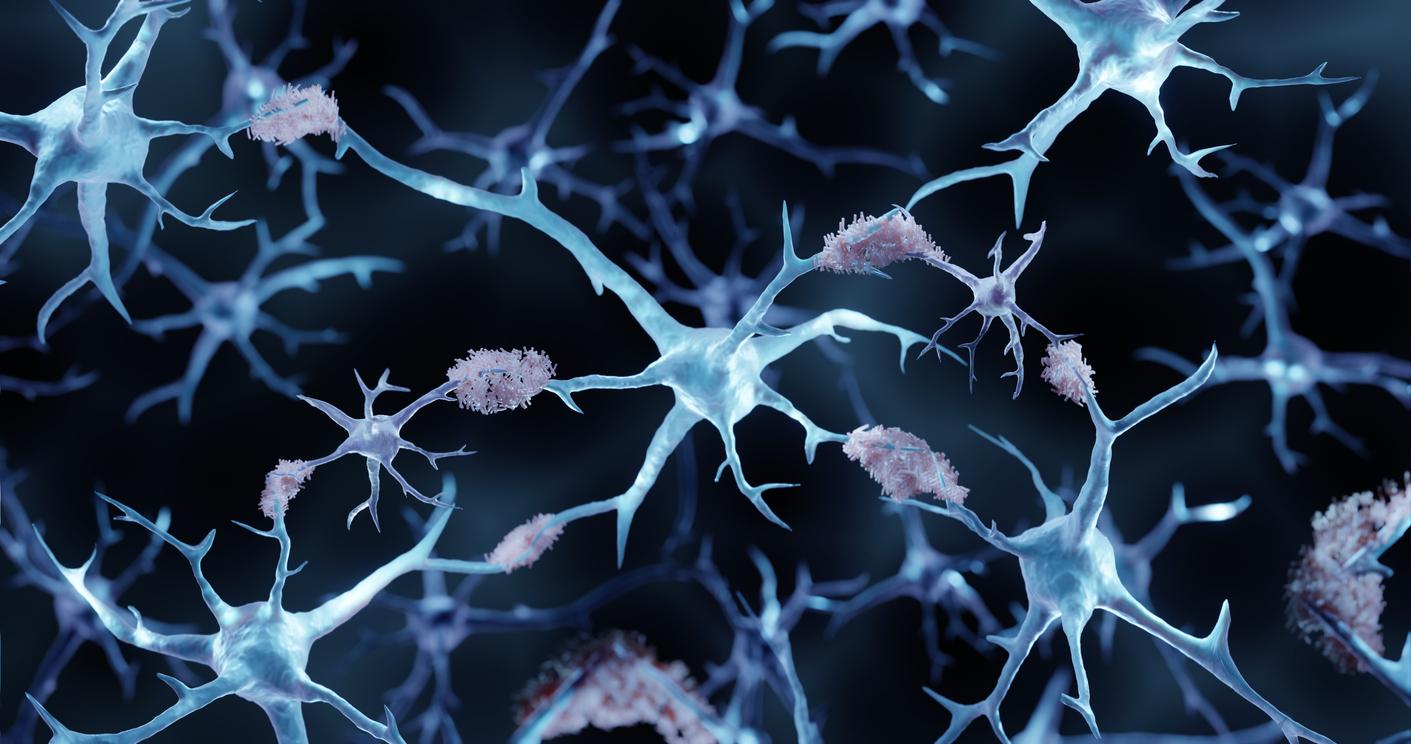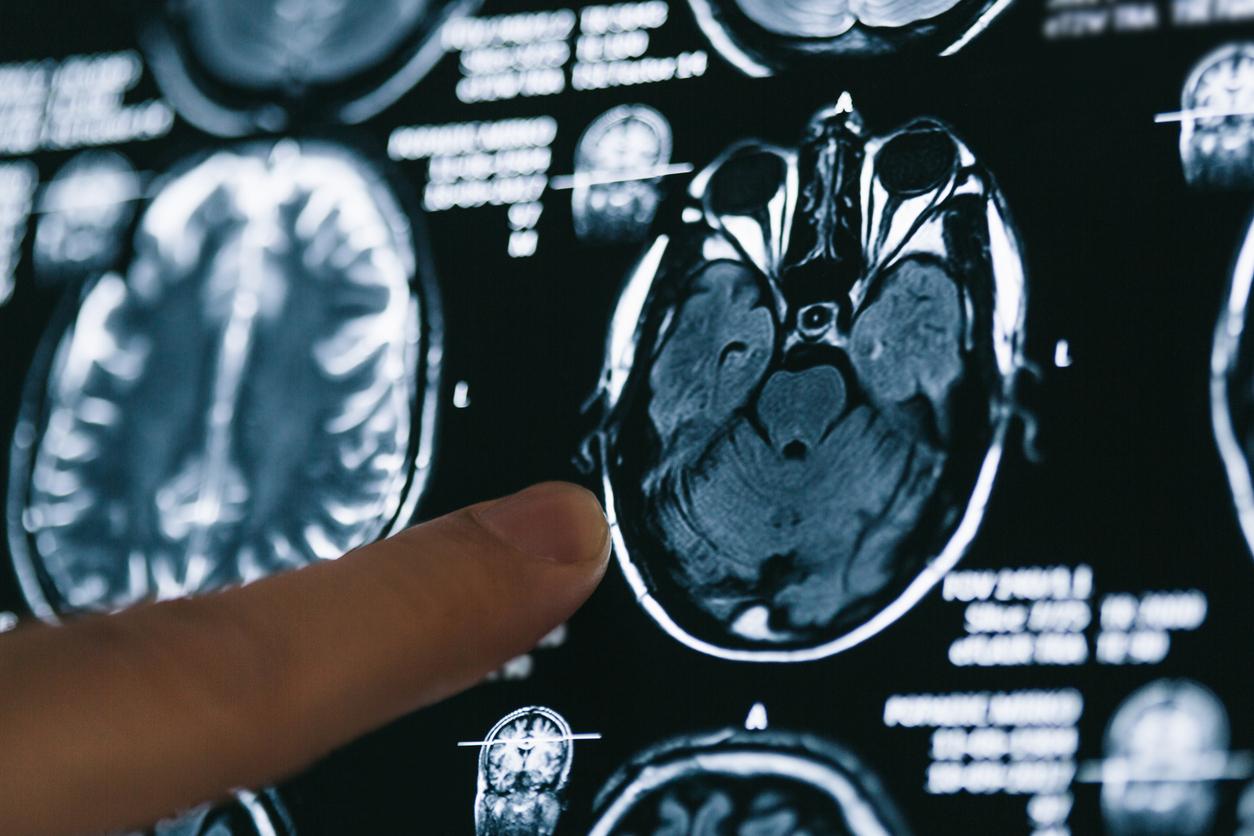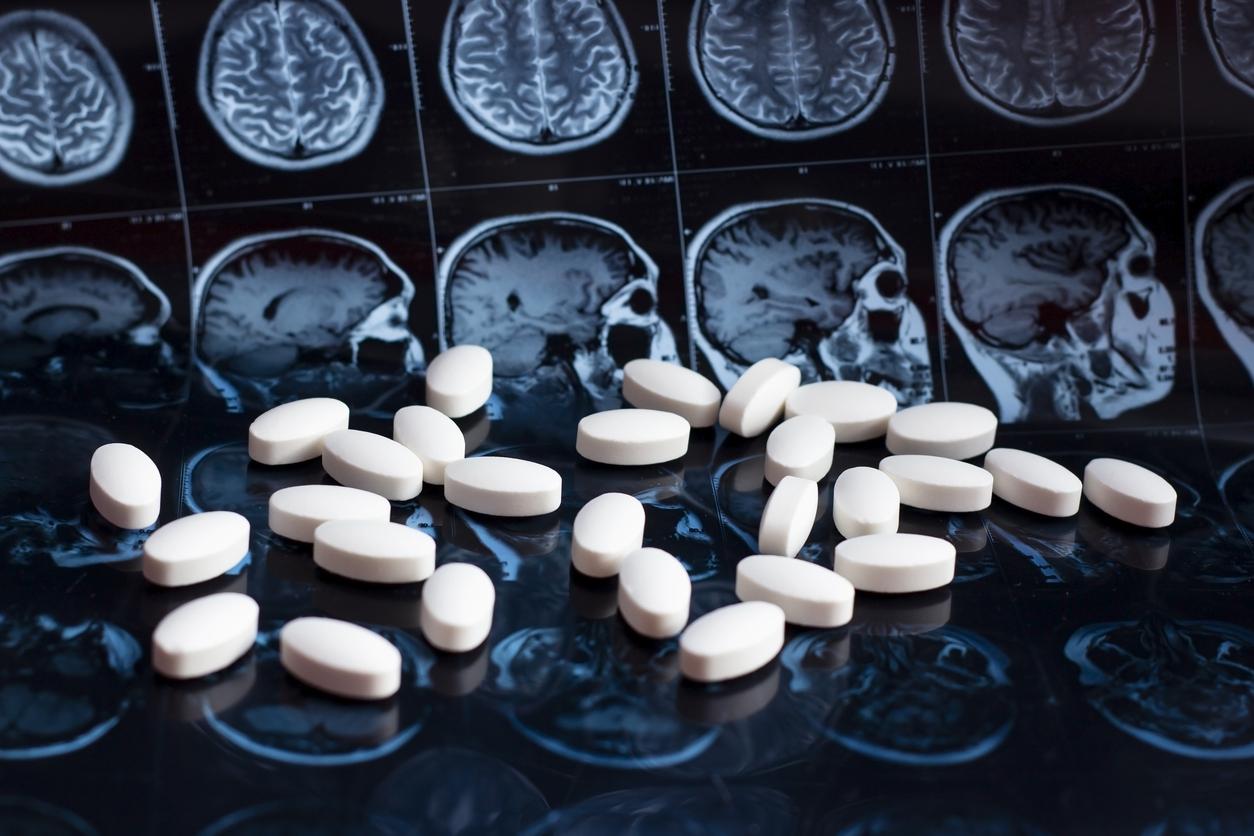Neuroradiological abnormalities give rise to dementia in first responders at the World Trade Center site on September 11, 2001.

- Two studies of workers on the World Trade Center site show that they have neuroradiological abnormalities and blood changes similar to those observed in patients with Alzheimer’s disease.
- A first study found in people suffering from mild cognitive impairment a decrease in the thickness of gray matter in the brain.
- The second study carried out on victims of post-traumatic stress revealed an accumulation in their blood of a protein characteristic of neurodegenerative diseases.
19 years ago, on September 11, 2001, two planes hijacked by members of the terrorist group Al-Qaeda were thrown against the twin towers of the World Trade Center (WTC) in New York (United States). In addition to the 2,753 victims, the experts have identified, over the years, tens of thousands of people directly or indirectly exposed to the dust caused by the collapse of the towers, and suffering from lung problems, respiratory deficiency, cardiovascular diseases or more cancer.
According to two studies conducted by Stony Brook University (State of New York, United States) and presented virtually at the international conference of the Alzheimer’s Association this Tuesday, July 28, the first people having intervened on the site of the WTC after attacks have an increased risk of developing dementia.
loss of gray matter
“The environmental exposures and psychological pressures experienced by people who responded to 9/11 and its aftermath had an insidious effect on their health and well-beingsays Benjamin Luft, director of the health and wellness program at the Stony Brook World Trade Center. Today, nearly 20 years after 9/11, clinicians caring for these people are seeing more and more patients who show signs of cognitive impairment and possible dementia. The results of our new studies provide for the first time data that support the idea that this patient population with cognitive impairment not only has psychological problems such as post-traumatic stress disorder (PTSD), but ‘She may be at high risk for neurodegenerative disorders, a possibility that needs to be investigated immediately and on an ongoing basis.’
In the first study, researchers used MRI imaging to assess the brain material of former World Trade Center responders, with no symptoms of cognitive impairment and between the ages of 45 and 65. They measured the cerebral cortex, the area of the brain responsible for cognition. Results showed cortical area atrophy in 23 of 34 cortical regions, including the frontal, temporal, and occipital lobes in a majority of study participants. “We found a direct correlation between people with cognitive impairment and cortical thickness, indicating a reduction in brain gray matter to levels consistent with neurodegenerative disease.”explains Sean Clouston, first author of the work.
According to him, the level of cortical thickness reduction in many volunteers is “a possible indicator of early stage dementia with possible early onset dementia likely to occur for a portion of these individuals in their midlife.”
However, he specifies that these patients must be studied longitudinally to determine whether these changes evolve over time. Further imaging work and related brain research is also needed to determine the cause(s) of brain atrophy in those responding to the World Trade Center site.
An accumulation of infectious proteins in the blood
The second study, published shortly in the journal Translational Psychiatry, was interested in 181 workers suffering from post-traumatic stress and mild cognitive impairment. A blood analysis of 276 proteins showed proteinopathy in the volunteers, that is to say an accumulation of blood proteins characteristic of certain neurodegenerative diseases such as Alzheimer’s.
“We believe that neuroinflammation is a possible mechanism in which respondents with PTSD appear to have a higher risk of developing mild cognitive impairment.said Benjamin Luft, the lead author. We hope that our unique analysis of proteins associated with cognitive impairment-related diseases in this population is an additional way to identify their risk based on changes in their bodies likely due to their exposure..”

.















